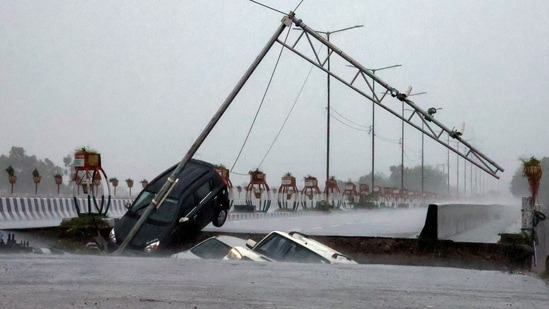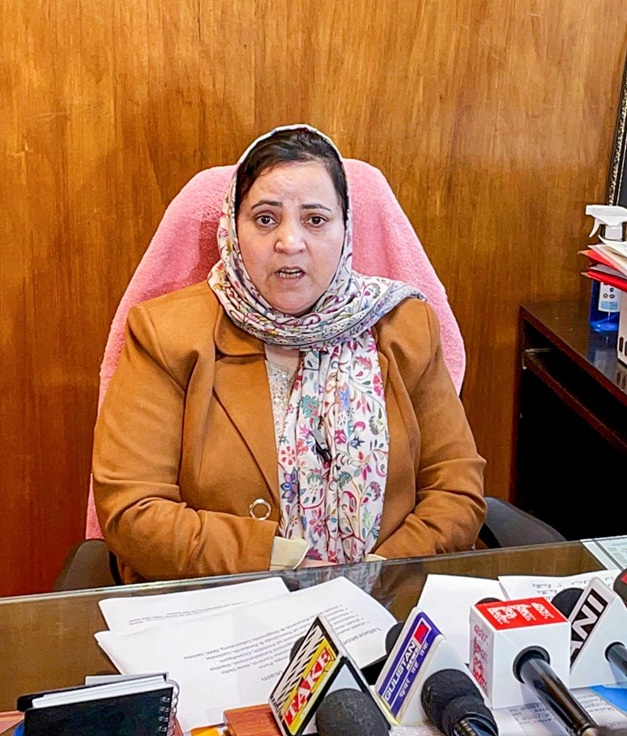The picturesque lands of Jammu and Kashmir have once again been ravaged by nature’s wrath. This time, the cost has been devastating—not just in numbers, but in shattered lives, lost connections, and halted prayers.
At least 13 lives were lost, including nine pilgrims on their sacred journey to the revered Vaishno Devi shrine, when a massive landslide swept through their path near Adhkwari, midway along the 12-km trek from Katra. Families who had come in faith are now returning with unbearable grief. Twenty-one others were injured, their spiritual pilgrimage suddenly turned into a nightmare of chaos and fear.
The region has been grappling with relentless rain, unleashing flash floods, landslides, and crippling destruction. Bridges have collapsed, power lines and telecom towers are down, and much of Jammu and Kashmir remains cut off from the rest of the world. With no stable internet and communication disrupted, families are struggling to reach their loved ones. It’s not just about damaged infrastructure—it’s about the terrifying silence in the hearts of people waiting for a sign that someone they care about is safe.
Schools have shut down, exams suspended, and recruitment efforts paused, while 22 trains have been cancelled and 27 others terminated midway. With roads blocked and landslides tearing through key routes like Jammu-Srinagar and Kishtwar-Doda highways, even emergency responders face treacherous paths to reach those in need.
In the midst of this catastrophe, the Indian Army mobilised swiftly. Three dedicated relief columns have been deployed, rescuing civilians and clearing debris under extreme conditions. Alongside the Army, the NDRF, SDRF, police, and local volunteers are working around the clock. In a show of solidarity, 3,500+ people have been evacuated so far, with community kitchens and medical camps offering support to those displaced.
The emotional weight of this disaster echoes deeply through the region. Omar Abdullah, former J&K Chief Minister, described the current communications blackout as eerily reminiscent of the isolation experienced in 2014 and 2019. His words resonate with many: “WhatsApp barely sends short messages, no browsing, no WiFi—I’ve never felt this disconnected.”
With rivers like the Chenab, Tawi, Ravi, and Ujh overflowing and floodwaters rising above danger levels, the administration is urging people to avoid flood-prone and landslide-prone areas. The Meteorological Department warns that the danger isn’t over yet—heavy rain, cloudbursts, and flash floods are likely to persist through August 27.
The sorrow felt in the region today is profound, but so is the collective strength of its people. Every helping hand, every shared meal, every rescue is a reminder that even in the face of destruction, humanity rises.
Let this serve as more than just news. Let it be a call to act, to support, to stand with those who are suffering—and to demand stronger preparedness for future crises. The people of Jammu and Kashmir deserve safety, dignity, and restoration.




